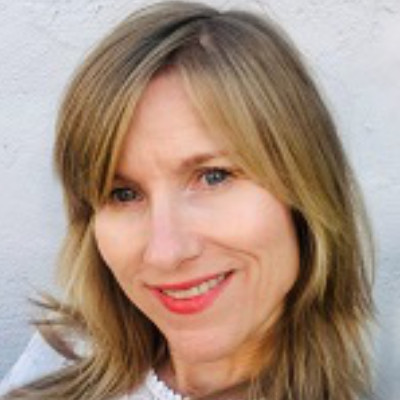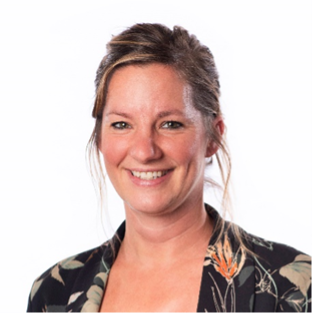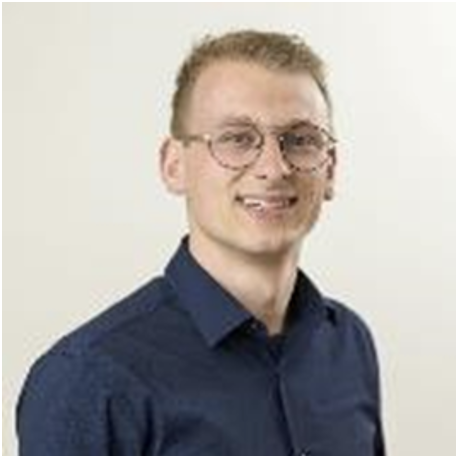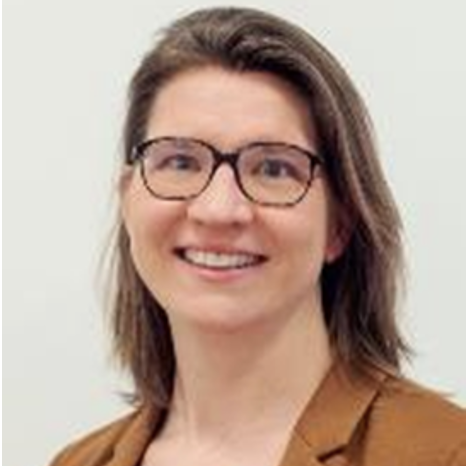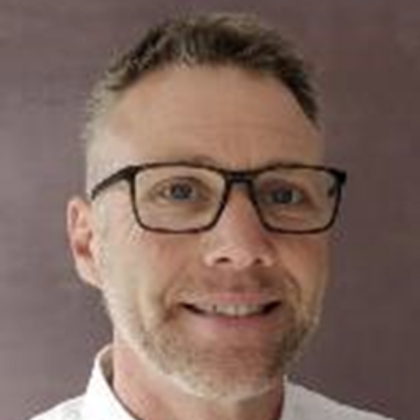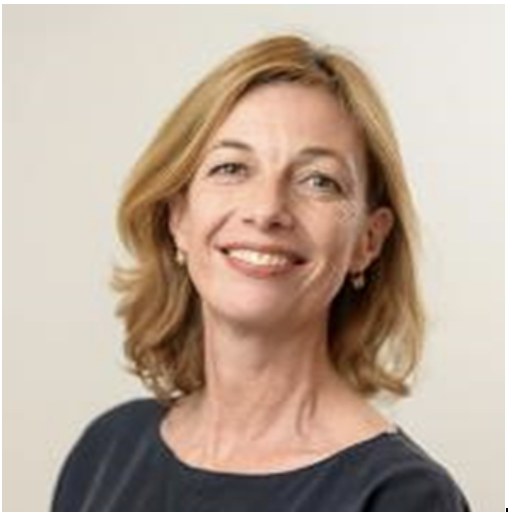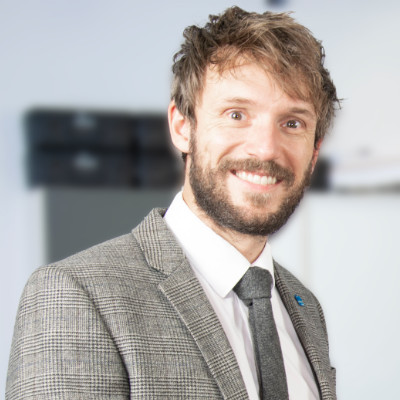Pre-Conference Seminars
The pre-conference Seminars will be held in OsloMet-Oslo Metropolitan University.
Please note that the Seminars run in parallel with the Gait Course.
Tuesday 10 September |
||
| 08:30 – 12:15 | Python programming for the movement sciences (S1) | |
| 13:15 – 17:00 | Lower limb orthoses and influence on gait and motion in children and adults (S2) | |
Wednesday 11 September |
||
| 08:30 – 12:15 | Systematic interpretation of clinical gait analysis in children with CP (S3) | |
| 13:15 – 17:00 | Machine Learning for Clinical Gait Analysis (S4) | |
Tuesday 10 September from 08:30 to 12:15
Python programming for the movement sciences (S1)
- Background and rational for the proposed seminar
Movement science has a long history, even prior to the advent of the modern computer [1]. Since then, however, computers and computer programming in particular have become crucial tools for data processing and analysis. Languages such as Matlab (The Mathwork Inc., Natick USA) have dominated in research settings, primarily due to its native and intuitive handling of matrix algebra, but, arguably, also thanks to its availability free of charge for end users in most academic institutions. Today, Python programming has come to dominate other fields, such as machine learning, as its open-source implementation is attractive to users outside academia (free) and promotes community development, review, and improvement of toolboxes. Nonetheless, Python may be intimidating to movement scientists and clinicians without a computer science background (most of us). We propose a pre-conference seminar aimed at helping the community migrate towards Python. The session will comprise three sections (1) introduction to Python programming (45 min), (2) overview of tools and toolboxes for the movement sciences (1h), introduction to AI coding assistants (15 min), and (3) practical session to help attendees migrate/develop their code in Python (1h). For part 2, we propose to review python-based biomechanical models (PyCGM2[2], openOFM [3]), the NeuroGeriatricMotionToolbox (NGMT), and the Gait and Movement Analysis Package (gaitmap). We believe that the pro-motion and use of Python in our society will help accelerate research and development, leading to quicker innovations and improved outcomes in the field (e.g. clinical care, sport analysis).
- Audience
Researchers who are new to Python but have experience in other languages (e.g. Matlab).
- Goals of the seminar
- Understand the Python framework (syntax, structure, toolboxes, IDEs)
- Be aware of major differences between Python and Matlab
- Gain knowledge of AI coding assistants (e.g. Github’s copilot)
- Learn about movement science tools available for Python
- References
[1] Baker, R Gait & Posture 2007 26, 331–342, 10.1016/j.gaitpost.2006.10.014 [2] Leboeuf,
- et al. Gait & Posture 2019 69, 235–241, 10.1016/j.gaitpost.2019.04.015 [3] Dixon, P; et al.
Gait & Posture 2023, 106, S49–S50, 10.1016/j.gaitpost.2023.07.063
 |
Philippe C. Dixon is an assistant professor at McGill University (Canada). His research focuses on the analysis of human movement biomechanics using motion capture systems and wearable devices, with the aim of improving the health and mobility of patients and athletes. He is also very active in the application of machine learning techniques for the detection and prediction of physiological events and states, and in the development of software for data analysis. Previously, Dr. Dixon earned his PhD in Engineering Science from the University of Oxford and completed his post-doctoral fellowship at Harvard University. |
 |
Clint Hansen is a sport scientist by training and has research experiences in many countries. Currently he is appointed deputy head of the neurogeriatrics research group at the University Medical Centre, Kiel, Germany. His research is focused on understanding and characterizing the biomechanics of human movement, with his most current projects involving the development of digital outcome measures that could serve as objective clinical endpoints. |
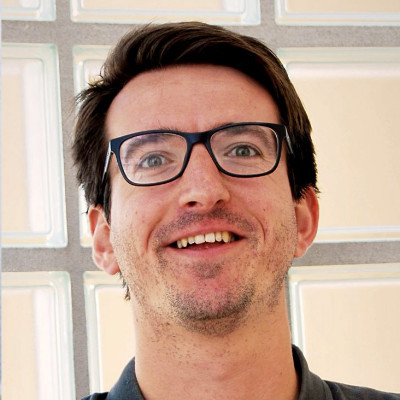 |
Robbin Romijnders has a background in biomedical engineering and holds a PhD in Electrical Engineering and Information Engineering. In his research, he focuses on the analysis of wearable sensor signals to understand how movement patterns are affected by the presence of different neurodegenerative diseases. He has experience in both conventional signal processing techniques and machine learning applications. |
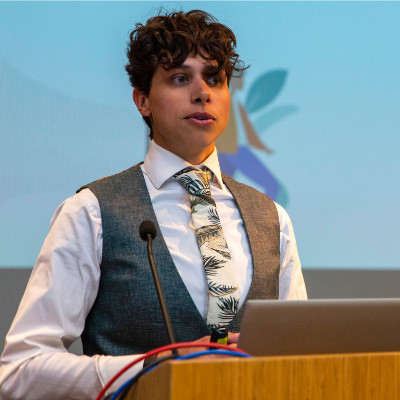 |
Jill Emmerzaal is currently a post-doctoral researcher at McGill University and has a background in physiotherapy and movement sciences. Dr. Emmerzaal obtained a PhD in biomedical sciences from the KU Leuven and Physiotherapy and Rehabilitation sciences from Hasselt University, Belgium. Their research mainly focuses on studying human movement using wearable sensors, non-linear signal analysis, and a bit of machine learning aimed to provide methods for data informed rehabilitation. |
Tuesday 10 September from 13:15 to 17:15
Lower limb orthoses and influence on gait and motion in children and adults (S2)
- Give an overview of basic biomechanical principles of lower orthotic force systems and designs.
- Distinguish relevant outcome measures, elaborating on instrumented 3D motion analysis to evaluate orthotic indication and efficacy.
- Apply practical perspectives of orthotic evaluation in the gait lab, including orthosis and shoe inspection, anthropometric measures, marker placement and 3D model considerations.
- How do we evaluate whether a person can benefit from an orthosis and what are optimal designs and properties for varying functional levels?
- Recognize evolving orthotic needs with age, functional and diagnosis-specific demands.
|
|
Ingrid Skaaret, CPO (PhD), ass. professor Oslo Metropolitan University Ingrid is a Certified Prosthetist Orthotist (CPO), associate professor at Oslo Metropolitan University, and member of the gait lab team at Oslo University Hospital and Sophies Minde Ortopedi. She received her PhD from the University of Oslo in 2021 with the thesis ‘Children with cerebral palsy: The impact of ankle-foot orthoses on gait function after lower limb surgery’. Her main clinical competence and research interest lies within lower limb orthotics, biomechanics, optimizing orthoses, gait, and function in persons with neuromuscular and orthopaedic conditions. |
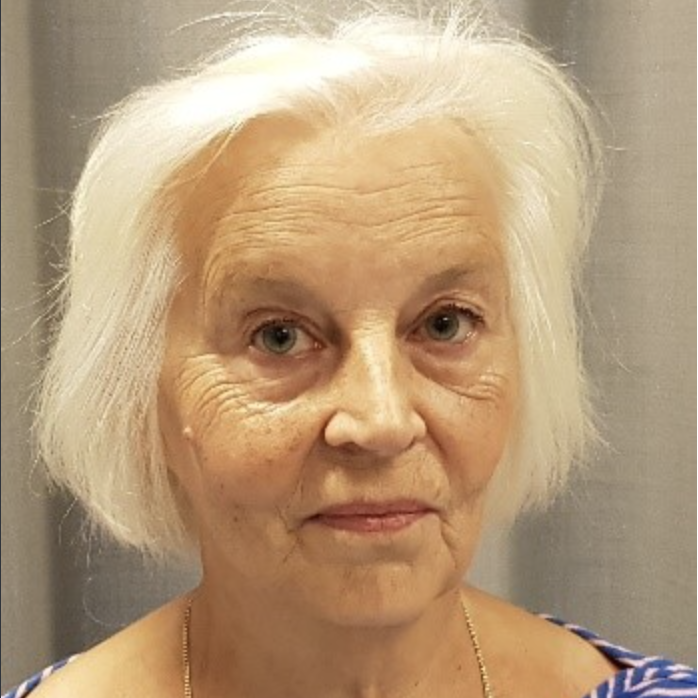 |
Åsa Bartonek, PT (PhD), ass. professor Karolinska Institutet, Stockholm Åsa received her PhD from Karolinska Institutet (KI) Sweden in 2001 and became associate professor in Physiotherapy in 2010. Currently she is active as a senior researcher at the department of Women’s and Children’s Health at KI. Clinical experience in congenital and neurodevelopmental disabilities in children has been gained through many years as a clinical habilitation physiotherapist and by influences of German and Italian teams. Her research fields include neurological and neuro-orthopedic diagnoses where her work regarding gait and orthotics have been implemented in clinic, in close cooperation with CPOs. In children with CNS lesions, the perceptual-motor system perspective has come to determine her view of motor development. Her research articles cover methods from laboratory gait analysis to prospective follow-up studies, parent-reported quality of live and spatial navigation ability. |
 |
Marie Eriksson, CPO (PhD), Karolinska Instutet, Stockholm Marie is a Certified Prosthetist & Orthotist (CPO) and received her PhD from Karolinska Institutet (KI) Sweden in 2016. Currently she works clinically as a CPO at TeamOlmed in Stockholm and as a researcher at the department of Women’s and Children’s Health at KI. Her research fields include neurological and musculoskeletal diagnoses. Her studies cover methods from gait analysis, follow-up studies from childhood to adulthood and satisfaction with orthotic and prosthetic devices.
|
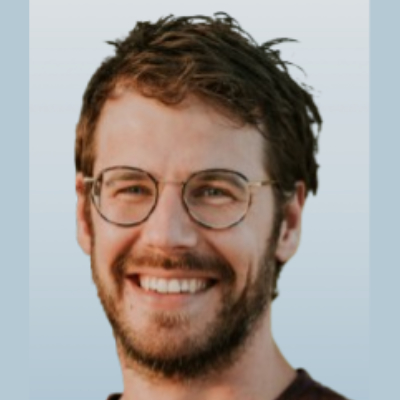 |
Bart Raijmakers is a physiotherapist and human movement scientist at the Department of Rehabilitation Medicine of Amsterdam UMC who works mainly with adults with neuromuscular diseases. His main focus, both within clinical care and research activities, are in lower limb orthotics, with a special interest in orthotic gait training and (stance-control) KAFOs.
|
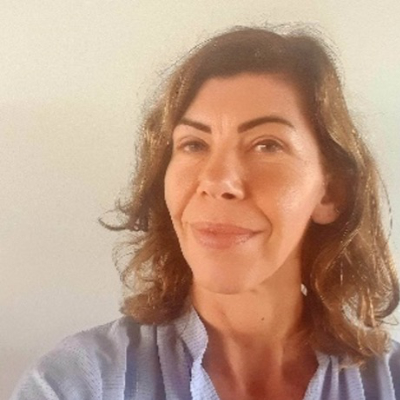 |
Merel-Anne Brehm is a senior researcher, with a background in human movement sciences. In her research, she strives towards a better understanding of pathological gait in persons with neuromuscular disorders, and how lower limb orthoses can help to maintain or improve gait in neuromuscular disorders. As a senior researcher and PI at the department of Rehabilitation Medicine of Amsterdam UMC, she leads and supervises research on lower limb orthotics in neuromuscular disorders, with the overall aim to improve the quality of care and optimize daily-life functioning of patients. |
Wednesday 11 September from 08:30 to 12:15
Systematic interpretation of clinical gait analysis data in children with cerebral palsy (S3)
Background
Clinical gait analysis is used worldwide by many centers, to quantitatively and objectively identify gait problems. However, currently, no (international) uniform methods to systematically and objectively interpret gait data are available. By means of a Delphi study, a Dutch expert group of rehabilitation physicians, movement scientists, and physiotherapists compiled a comprehensive list of 120 links between abnormal gait features and their potential underlying impairments, including probability scores1). These linkages were based on the Impairment Focused Interpretation (IFI) method 2) combined with clinical and biomechanical reasoning. Based on this list, the GAIT.SCRIPT interpretation tool was developed to facilitate this interpretation process for the clinician.
By the end of the seminar
Participants will have learned the concepts behind the systematic interpretation of gait analysis based on the Impairment Focused Interpretation (IFI) method2), complemented with a systematic way to link gait features to underlying impairments by using the GAIT.SCRIPT interpretation tool.
Outline
The seminar will be a combination of short plenary lectures and hands-on exercises with impairment-focused interpretation and the GAIT.SCRIPT tool, so bring your laptop along! Furthermore, there will also be ample room for interactive discussion and feedback.
References
- Van der Krogt MM, Houdijk H, Wishaupt K, van Hutten K, Dekker S and Buizer AI (2022) Development of a core set of gait features and their potential underlying impairments to assist gait data interpretation in children with cerebral palsy. Hum. Neurosci. 16:907565
- Baker, R. Measuring walking: a handbook of clinical gait analysis. 1st edition. London Mac Keith Press, 2013
|
|
Sarah Dekker works as a pediatric rehabilitation physician at Reade Centre for Rehabilitation and Rheumatology in Amsterdam (Netherlands) with a main focus on cerebral palsy, gait analysis and use of orthosis. After her training as a rehabilitation physician, she completed a two-year fellowship at the Cerebral Palsy (CP) Center of Expertise of Amsterdam UMC. Her research focuses on the development and implementation of the GAIT.SCRIPT tool as an aid for the systematic interpretation of clinical gait analysis in children with CP. Contact: s.dekker@reade.nl |
|
|
Koen Wishaupt has been a lab technician at Amsterdam UMC since 2018. He obtained an MSc in Human Movement Sciences from the VU Amsterdam. He works in the clinical gait lab on a daily basis, specializing on gait in children with cerebral palsy. In addition to providing technical support and maintenance in the overground and GRAIL labs, he is involved in various research projects, including the GAIT.SCRIPT project. Within the GAIT.SCRIPT project, he developed the first Excel versions of the GAIT.SCRIPT tool, which were also presented at the ESMAC conference in 2021. |
|
|
Marjolein van der Krogt is Associate professor and director of the Laboratory of Clinical Movement Analysis of Amsterdam UMC. She obtained an MSc in Human Movement Sciences and her PhD on modeling of gait in cerebral palsy. She performed postdoctoral studies at Gillette Children’s Specialty Healthcare as well as Stanford University. Her research focuses on gait analysis and modeling of gait in children with CP. She organized ESMAC 2019 in Amsterdam and is currently board member of ESMAC. She is one of the initiators of the GAIT.SCRIPT project. |
|
|
Han Houdijk is a professor of Clinical Movement Sciences at Center for Human Movement Sciences, University Medical Center Groningen, University of Groningen, the Netherlands. After he received his PhD, he worked as associate professor at the VU in Amsterdam and as head of the movement and exercise laboratory at Heliomare Rehabilitation, the Netherlands. As professor in Groningen, he also leads the ProstheseAcademie. His research focusses on mechanics and energetics of gait with special interest in assistive technology. He is teacher on the ESMAC gait course, past-board member and co-organizer of ESMAC 2019 Amsterdam. |
|
|
Annemieke Buizer is Professor of pediatric rehabilitation and pediatric rehabilitation physician at the Department of Rehabilitation Medicine of Amsterdam UMC. She leads the CP Center of Expertise within Amsterdam UMC, focusing on top-clinical patient care, research and education in the field of CP. She is board member and chair of the scientific committee of the European Academy of Childhood-Onset Disability.
|
Wednesday 11 September from 13:15 to 17:00
Machine Learning for Clinical Gait Analysis: a quick start guide for newcomers (S4)
Over the last few decades, clinical gait analysis (CGA) has had a remarkable impact on human movement science in both clinical and research settings by refining the possibilities to quantitatively describe human gait and deepen our understanding about pathologies and their treatment options. Despite the positive impact of CGA in healthcare, clinicians and researchers encounter challenges in effectively leveraging the wealth of information obtained by CGA. This arises from the high dimensionality and complexity of CGA data, which is characterized by (high) variability within and between individuals while being influenced by a plethora of factors such as walking speed, age, sex, and anthropometry.
Therefore, it is not surprising that machine learning-based approaches have gained increased attention over the last years. As of today, machine learning has been utilized in various ways to support knowledge generation and (medical) decision support. While the popularity of utilizing machine learning has rapidly increased in research and clinical settings, it simultaneously presents difficult challenges for our gait analysis community. Questions arise, such as what is machine learning? How does it work? Where are its limitations? Does it offer any value for my work or research? How should I get started? And many more.
This workshop will cover the basics of machine learning, its applications in gait analysis, and its limitations. The workshop will provide hands-on experience with machine learning-based approaches to analyze gait data. The workshop is addressed to everyone who is interested in CGA and machine learning. There is no need to have programming skills since we will use an open-source visual programming tool (Orange). Specifically, the following topics will be covered:
Current trends and topics in using machine learning in clinical gait analysis.
- A quick start guide to create machine learning workflows for non-coders.
- An introduction to data exploration and dimensionality reduction techniques.
- Machine learning-based classification and regression.
- Enhancing transparency of “black box” machine learning models.
By the end of the workshop, participants will have a better understanding of how machine learning can be used to support clinical gait analysis and know about their (current) limitations.
The workshop will be organized by Brian Horsak and Djordje Slijepčević from the St. Pölten University of Applied Sciences. The workshop will be further supported by two team members of Brian Horsak, Bernhard Dumphart und Philipp Krondorfer. Both are PhD students actively engaged in the application of machine learning in clinical gait analysis. Participants should bring a laptop with Orange installed. The download link for necessary data will be made available a few weeks prior to the seminar.
|
|
Brian Horsak is the head of the research group Motor Rehabilitation and Scientific Director of the Center for Digital Health and Social Innovation at the St. Pölten University of Applied Sciences in Austria. He has obtained his Dr. rer. nat. (2012) and habilitation (2020) in Sport Science from the University of Vienna. His research is geared towards enhancing clinical practice and facilitating medical decision-making through the utilization of cutting-edge technologies including motion capturing, wearables, musculoskeletal simulations, machine learning, and augmented and virtual reality. |
|
|
Djordje Slijepčević is a researcher at the Institute for Creative Media Technologies (ICMT) at St. Pölten University of Applied Science (Austria). At present, he is completing his doctoral studies at TU Wien (Austria), with a focus on the development of machine learning approaches in the field of human gait analysis. His ongoing research primarily centers on automated classification of gait patterns, gait recognition, event detection in gait, and similarity retrieval of gait patterns. With a strong emphasis on developing explainable AI, he aims to bridge the gap between cutting-edge machine learning methods and practical applicability in clinical settings, by ensuring that the developed methodologies are interpretable and transparent to clinical experts. |

